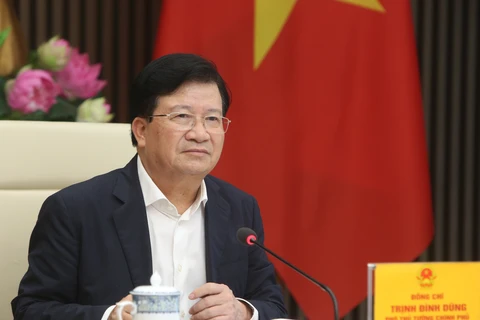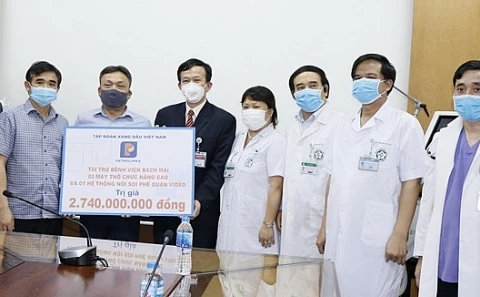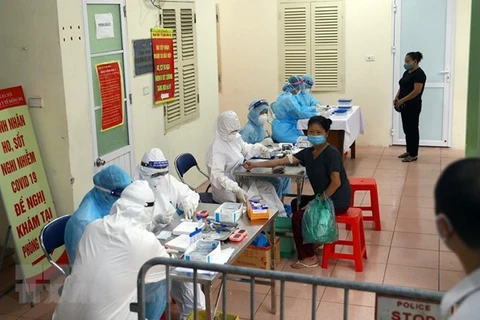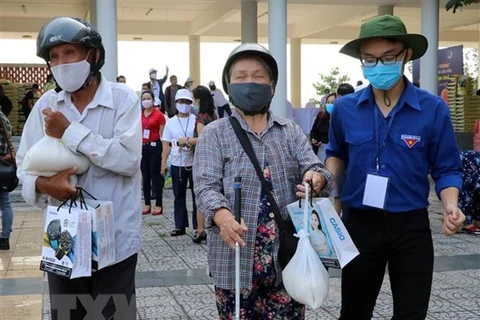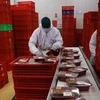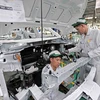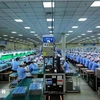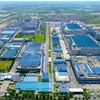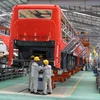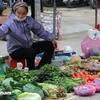Hanoi (VNA) – The transaction volume on the domestic real estate market dropped to a four-year low for Q1 due to the impacts of the COVID-19 pandemic, and many real estate trading floors have temporarily closed, according to the Vietnam National Real Estate Association (VNREA).
In the first quarter of this year, some 800 out of 1,000 real estate trading floors had to suspend operations, said the Ho Chi Minh City Real State Association.
According to statistics released by the Vietnam Association of Realtors (VAR), a total of 53,236 units were put up for sale, but successful transactions reached only 7,641 units, resulting in an absorption rate of 14.3 percent.
The total new supply was 18,695 units, including 8,363 apartments and 10,322 low-rise houses. The successful transactions from the new supply reached 2,769 housing units, equal to only 19.6 percent of the same period last year.
Meanwhile, of the 34,568 units in inventory, 4,872 were sold. The luxury apartment segment had the largest inventory, the association said.
According to the VAR, real estate enterprises need to restructure and streamline their staff while applying technology to ensure more cost-effective and professional operations.
They should also pay more attention to low-cost and social housing projects due to high demand. The segment has a high absorption rate amid the slow economic growth.
They should also take advantage of this period to train their staff, while maintaining marketing to keep their customers in traditional markets and further expand./.

